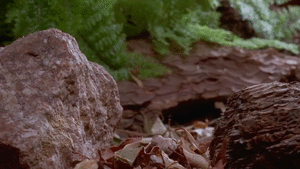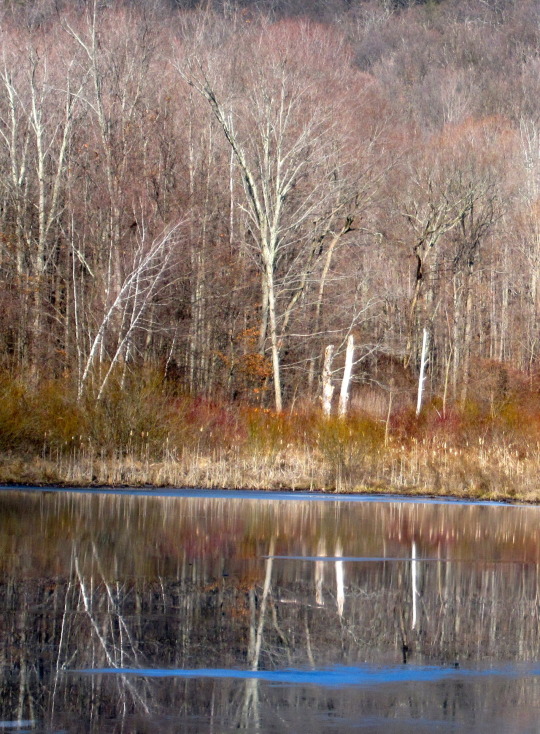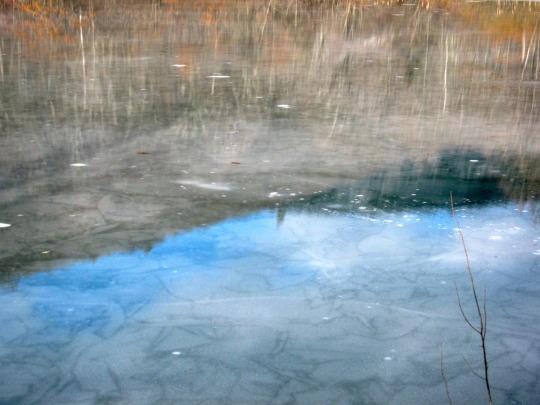Photo

Mushrooms Used for Bioremedation to Clean Pesticides From Oregon Waterways
Using recycled burlap bags filled with used coffee grounds, straw and yellow oyster mushroom spawn, the purpose of the unusual potpourri will be to harness the extremely effective filtering capabilities of mycelium.
A kind of root system for fungi, mycelium demonstrate a wide variety of biological powers, from breaking down oil, pesticides and harmful bacteria to acting as natural pesticides against some of the most problematic …
SEE MORE:
http://ecowatch.com/2014/01/23/mushrooms-bioremedation-clean-pesticides-waterways/
208 notes
·
View notes
Photo






from “fantastic fungi, the forbidden fruit” by louis schwartzberg, a documentary about mycologist paul stamets. “the task that we face today is to understand the language in nature. my mission is to discover the language of the fungal networks that communicate with the ecosystem. i believe that nature is intelligent. the fact that we lack the language skills to communicate with nature does not impugn the concept that nature is intelligent; it speaks to the inadequacy of our skill set for communication,” paul says. “i believe nature is a force for good. good is not only a concept, it is a spirit. and hopefully this spirit of goodness will survive.”
excerpts from paul stamets TED talk, “six ways mushrooms can save the world”:
mycelium infuses all landscapes, it holds soils together. it’s extremely tenacious. it holds up to 30,000 times its mass. we have now discovered that there is a multi directional transfer of nutrients between plants, mitigated by the mycelium. in a single cubic inch of soil, there can be more than eight miles of these cells. the mycelium, in the right conditions, produces a mushroom that bursts through with such ferocity it can break asphalt.
we’re more closely related to fungi than we are to any other kingdom. we share in common the same pathogens. fungi don’t like to rot from bacteria, and so our best antibiotics come from fungi. i”ve been a scanning electron microscopist for many years, and when i’m staring at the mycelium, i realize that they are microfiltration membranes. we exhale carbon dioxide, so does mycelium. it inhales oxygen, just like we do. but these are essentially externalized stomachs and lungs. and i present to you a concept that these are extended neurological membranes.
most of you may not know that fungi were the first organisms to come to land. they came to land 1.3 billion years ago, and plants followed several hundred million years later. the mycelium produced oxalic acids, pockmarking rock and grabbing calcium and other minerals and forming calcium oxalates. this makes the rocks crumble, and is the first step in the generation of soil.
now, we’ve had several extinction events (and our currently in the sixth), and 65 million years ago we had an asteroid impact, and a huge amount of debris was jettisoned into the atmosphere. sunlight was cut off, and fungi inherited the earth. those organisms that paired with fungi were rewarded, because fungi do not need light. fungi use radiation as a source of energy, much like plants use light. so, the prospect of fungi existing on other planets elsewhere, i think, is a forgone conclusion.
13K notes
·
View notes
Photo

A.k.a. Wakerobin
Duck Pond Trail; Mohonk Preserve
photo by Chris Woods
6 notes
·
View notes
Photo

First Trillium
Duck Pond Trail; Mohonk Preserve
photo by Chris Woods
3 notes
·
View notes
Photo

Birches Reflected
photo by Chris Woods
2 notes
·
View notes
Photo

Great moment, not so great photo. A pileated woodpecker, left, leaves his hole, right.
photo by Chris Woods
6 notes
·
View notes
Photo

Reflection of Mohonk Tower in semi-frozen Duck Pond
photo by Chris Woods
3 notes
·
View notes
Quote
By my intimacy with nature I find myself withdrawn from man. My interest in the sun and the moon, in the morning and the evening, compels me to solitude.
Henry David Thoreau (via eudaimonist)
84 notes
·
View notes
Quote
If you realize that all things change, there is nothing you will try to hold on to.
-Zen Proverb
2 notes
·
View notes
Photo

Mohonk Tower in the Distance
photo by Chris Woods
5 notes
·
View notes
Photo

A Partridge in a Pear Tree?
No, a Pheasant in a Crabapple Tree.
photo by Chris Woods
5 notes
·
View notes
Quote
As Thoreau found a universe in the woods around Concord, any person whose senses are alive can make a world of any natural place, however limited it might seem, on this subtle planet of ours.
Edward Abbey (from Down The River)
46 notes
·
View notes
Quote
Disciple: "What is the clear path?"
Master: "Awakening your mind, and seeing your nature."
Zen Koan
11 notes
·
View notes
Photo

Mohonk Oak
photo by Chris Woods
0 notes
Photo

Wallkill River from the Rail Trail Bridge
photo by Chris Woods
1 note
·
View note
Photo

Wallkill Rail Trail Bridge
photo by Chris Woods
2 notes
·
View notes
Photo

Pair of Male Ring-necked Pheasants at the Wallkill River 11/9/11
photo by Chris Woods
4 notes
·
View notes